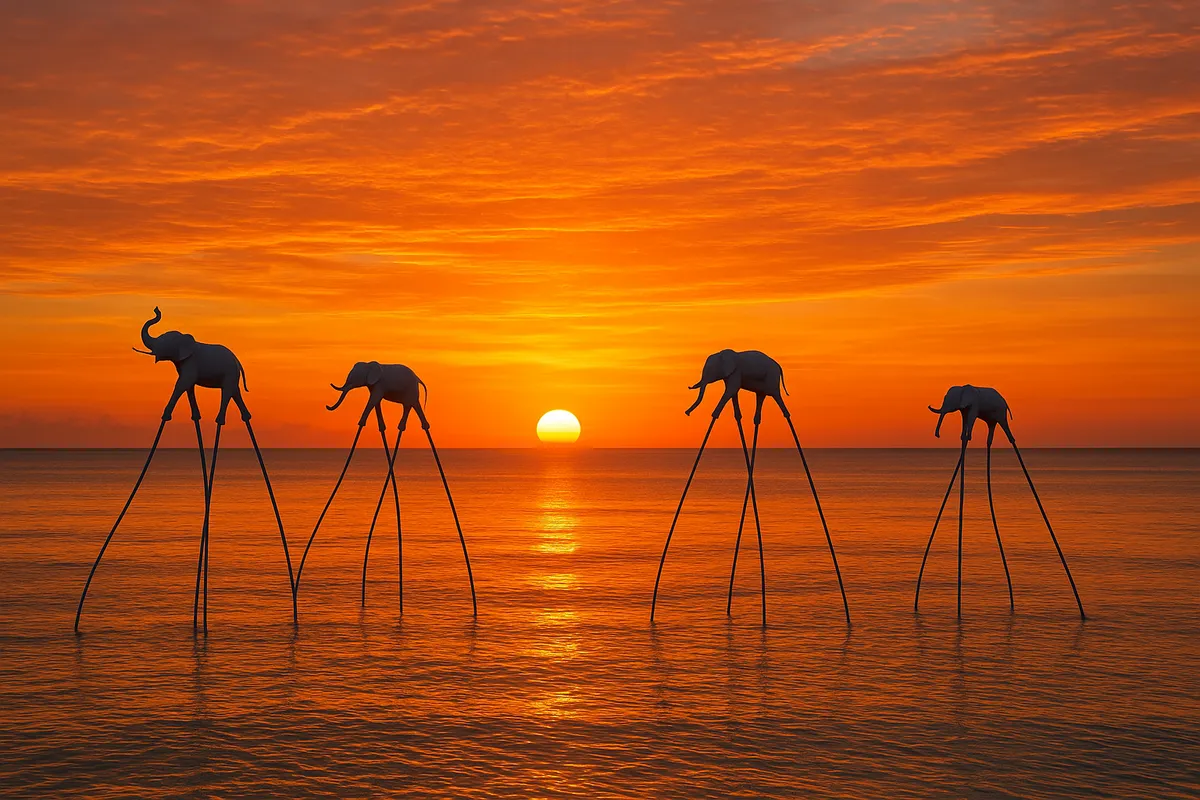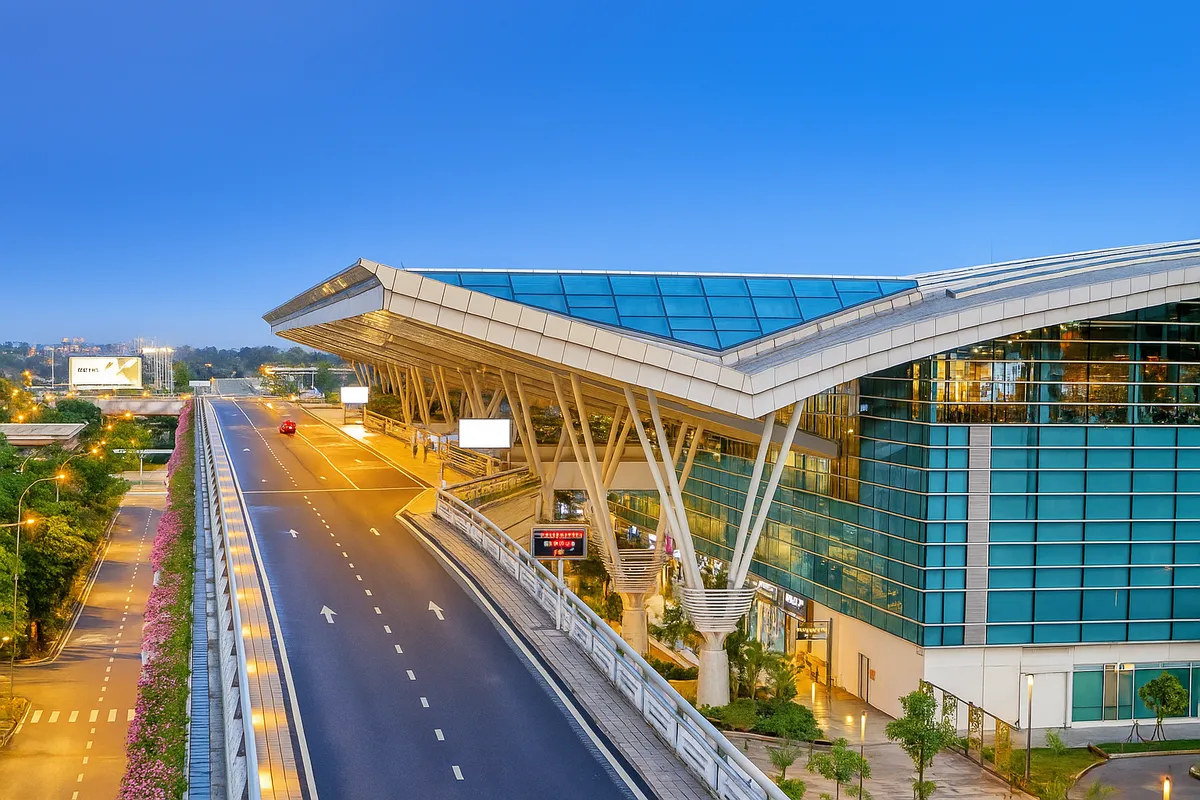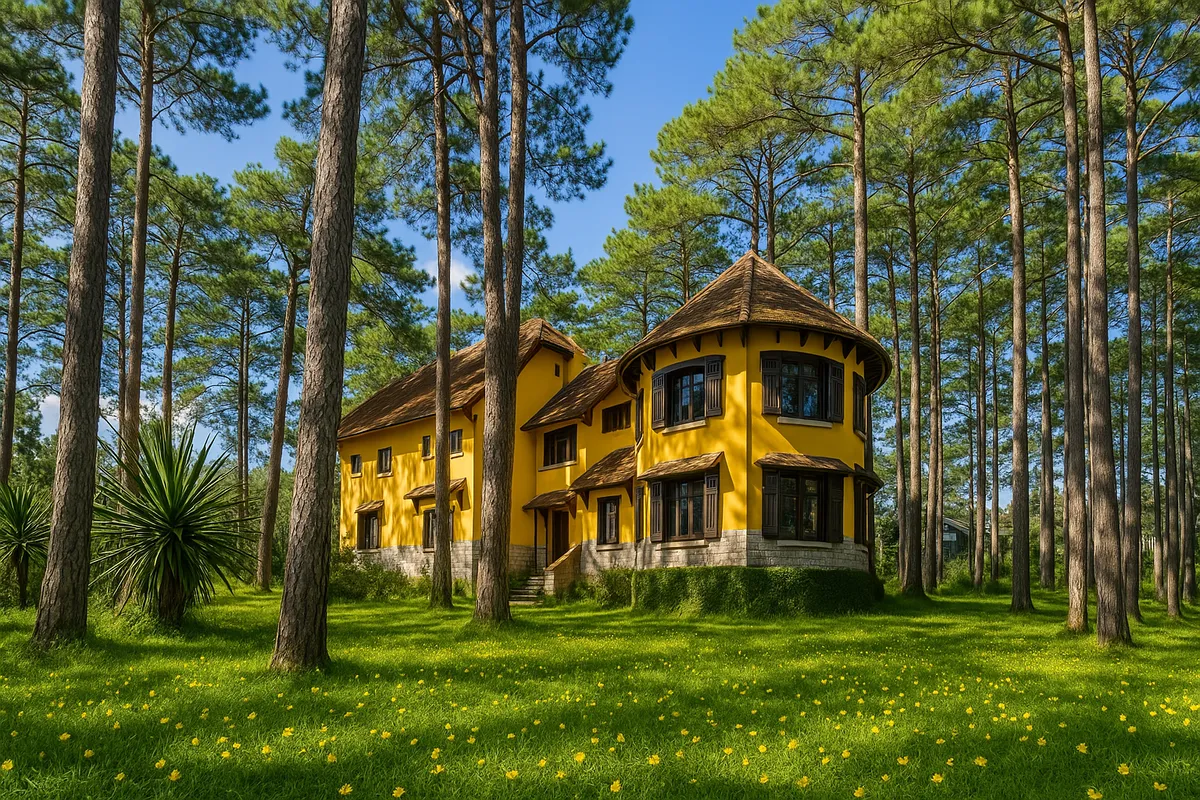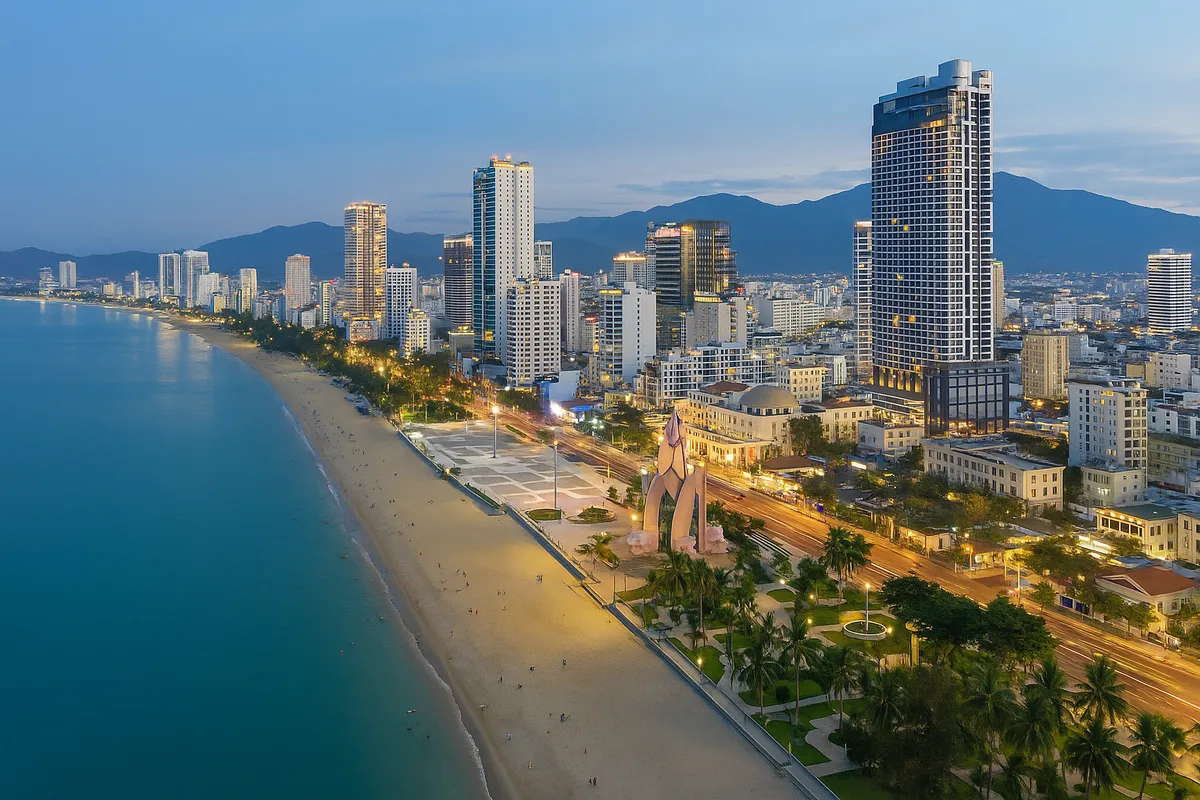Dong Van Stone Plateau and its timeless beauty
- Tuesday, May 13, 2025, 19:46 (GMT+7)
Dong Van Stone Plateau and its timeless beauty
The Dong Van Karst Plateau emerges as a world of its own in Vietnam’s northernmost frontier, where stone is not merely geology but memory, where time turns to fossil. The moment wheels begin to trace winding roads carved into cliffs and clouds drift just above your head, even the air seems to pause, as if inviting every step to become part of a story still unfolding. Amid the vast fields of gray rock, the wind does not howl. It speaks, flowing like streams hidden within the stone and humming like ancient lullabies of the mountains.
This land stretches across the four districts of Quan Ba, Yen Minh, Dong Van, and Meo Vac in Ha Giang Province. It lies like a colossal stone blanket draped across the sky, each rock slab an unwritten page of an endless book. At an altitude between one thousand and one thousand six hundred meters above sea level, it bears the traces of the ancient Devonian sea from hundreds of millions of years ago. Once the bottom of a vast ocean, the land now carries a unique scent, a mix of the raw aroma of mountains, the dampness of stone, and a faint briny breath, as if the sea never truly left.
Dong Van is not just about nature. It is about people. It is home to seventeen ethnic groups, where colorful brocade skirts are more than attire. They are a silent language. Every market is a living canvas of highland culture. Voices, laughter, and slow, deliberate nods weave together a rhythm of life that is unhurried yet deeply meaningful. Here, the sound of the Mong flute in the morning is like a breeze that slows down time itself.
Then comes the Road of Happiness, a name that feels like a fairytale in a rugged reality. This road, carved through jagged stone, was built with bare hands by tens of thousands of young volunteers over six long years. Some never returned from those cliffs, but what they left behind is a road that leads to the unimaginable. Every bend tightens the heart, every slope lifts the dreamer closer to the clouds brushing against the heavens.
Dong Van changes its appearance with every season. Spring whispers through peach and plum blossoms clinging to stone slopes like the smile of a highland girl. Summer carries the sweet scent of young corn rolling over green hills. Autumn bursts into celebration with buckwheat flowers painting the valleys in dreamy hues of pink. Winter descends like a cold gray dream, with fog cloaking mountain peaks, hiding both sky and earth, leaving only a profound stillness behind. Some places need no words. Just standing there in silence is enough to understand.
Within this highland heart lie structures infused with cultural and historical depth. The Vuong Family Mansion, often called the Palace of the Mong King, rests quietly in Sa Phin Valley. The moss covered stone estate recalls a time of forgotten splendor. Its architecture, blending solemn Chinese elegance with aged French influence, speaks not only of power but also of a people's desire to rise amid remote wilderness. Not far away, the Lung Cu Flag Tower stands tall, a proud symbol of national sovereignty. Each step toward its summit brings stronger winds, closer skies, and a view where the red flag with a yellow star flutters against blue sky like an unending song.
The Dong Van Old Quarter offers a different world, quieter, more contemplative. Earthen houses with faded yellow walls and timeworn wooden windows glow with soft golden light from modest cafes, evoking memories of old Hanoi or Hoi An, but imbued with the soul of stone. Sitting with a warm cup of coffee in the crisp air, watching locals move gently along cobbled streets, time seems to slow down, as if life is framed in a painting both still and alive.
There are hidden delights here known to few. Buckwheat flowers are not only for admiring. They become cakes, liquor, even dishes. Some ancient homes still use stone roofs stacked without any adhesive, relying solely on the skill and natural intuition of Mong hands. And then there is the legend of blooming stone, where villagers say the cold rocks are dreams of a fairy, and when flowers bloom, she awakens, adding color to the mountains.
Getting to Dong Van is not easy but it is worth every mile. The journey begins with an overnight bus from Hanoi to Ha Giang city. From there, National Route 4C winds through Quan Ba and its Twin Fairy Mountains, through Yen Minh’s pine forests, and finally to Dong Van, where layered rocks rise like a petrified epic. For those who long to feel every breath of the mountains, every drifting cloud, riding a motorbike is the only way to go.
The best time to feel the pulse of the plateau is late autumn, when buckwheat fields bloom in hues of pink and purple, or in spring when entire villages awaken beneath peach blossoms. Yet even in the freezing cold of winter, Dong Van holds a quiet allure, cold to the skin, warm with humanity.
Its cuisine is humble but unforgettable. Thang den dumplings offer rich comfort in cold nights. Bitter yet soulful au tau porridge, egg rolls dipped in hot bone broth, and corn wine fermented with forest herbs all wrap the flavor of stone and sky into a taste that lingers long after the meal ends. This corn wine, brewed by the Mong people, carries not just heat but memory.
Among these silver gray stones and skies, every step in Dong Van feels like walking between two worlds, one of the present, one of ancient memory. Some places are made to be seen. Others to be remembered. And then there are places like Dong Van, made to be etched deep into the soul.
In a land where stone knows how to bloom, wind knows how to tell stories, and memory never sleeps, it is not merely a place but a call. A feeling deep enough to make someone set aside the rush of life and take the road. For there are lands not meant to be passed through. They are meant to be entered. And stayed in, if only with a piece of one’s heart.

 CHECKIN.VN
CHECKIN.VN








Share on